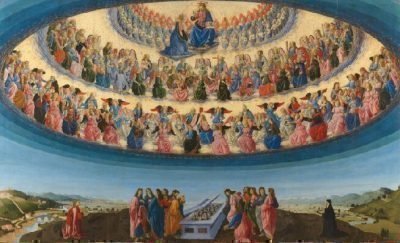The Abolition of Man Book Study
-
Introduction
Lesson 1: Introduction (Preview Content)6 Topics|1 Quiz -
Discussion of Lecture 1 (Preview Content)5 Topics
-
Lessons & DiscussionsLesson 2: The Abolition of Man in Context4 Topics|1 Quiz
-
Discussion of Lecture 23 Topics
-
Lesson 3: Men without Chests4 Topics|1 Quiz
-
Discussion of Lecture 31 Topic
-
Lesson 4: Moral versus Modern Education4 Topics|1 Quiz
-
Discussion of Lecture 41 Topic
-
Lesson 5: The Abolition of Man4 Topics|1 Quiz
-
Discussion of Lecture 51 Topic
-
Lesson 6: Lewis's Predictions Fulfilled in Three Ways4 Topics|1 Quiz
-
Discussion of Lecture 61 Topic
-
End of Course TestEnd of Course Test: The Abolition of Man1 Quiz
The Celestial Hierarchy: Further Reading

In this lecture, Dr. Turley discusses several models of the heavens proposed by medieval scholars. Dionysius, or Pseudo-Dionysius the Areopagite, wrote about one such model in the late fifth or early sixth century AD. In On the Celestial Hierarchy, Dionysius describes nine ranks of angelic beings divided into 3 hierarchies of 3 species each. For more reading on Dionysius, as well as summaries of his work, take a look at the Stanford Encyclopedia of Philosophy’s entry “Pseudo-Dionysius the Areopagite,” available online to read.
Models such as these influenced medieval art as well. For example, Francesco Botticini’s The Assumption of the Virgin (pictured above), painted approximately one-thousand years later towards the end of the Medieval Period, shows 9 choirs of angels divided into 3 hierarchies, the Councillors, Governors, and Ministers. You can read more about this painting, as well as zoom in to observe its beautiful details, on The National Gallery‘s website here.


